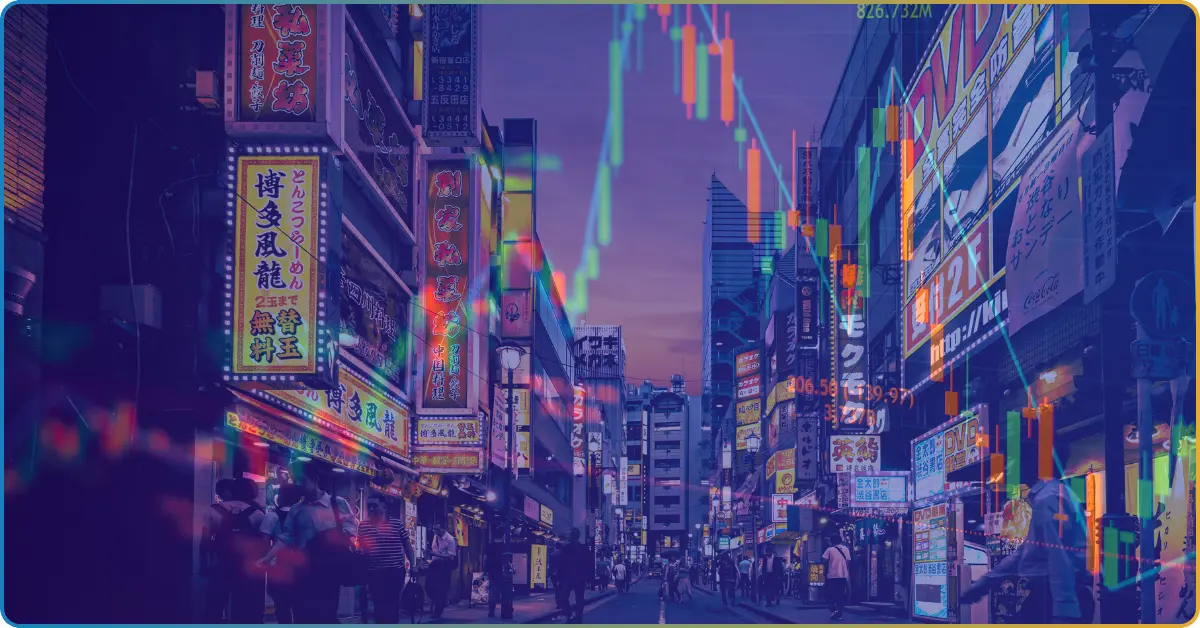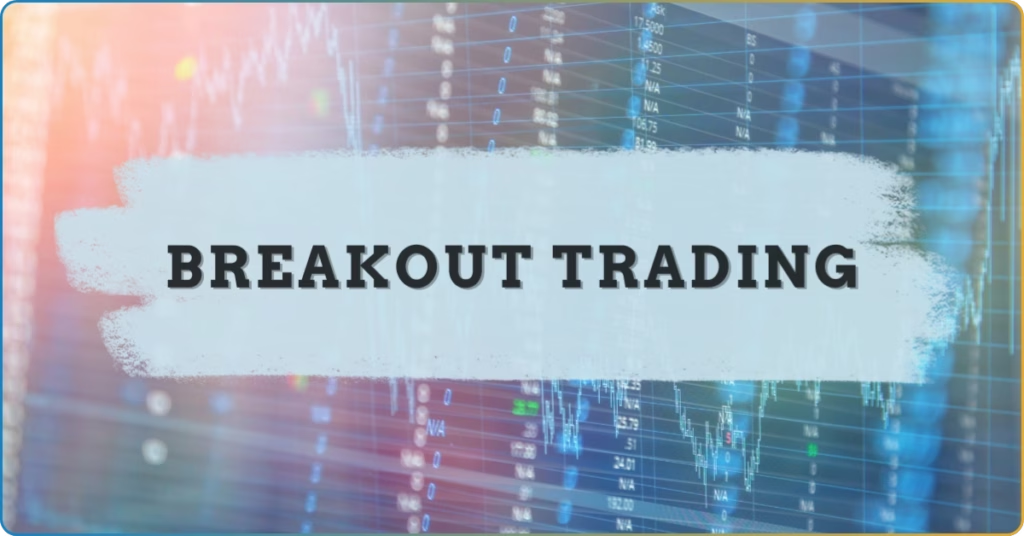The Doji candlestick pattern is among the most important candlestick patterns in technical analysis. In Japanese, “Doji” means “the same thing.”
A Doji occurs when the close is the same as the open, which creates a candlestick with no real body! When you look at it, it’s just a vertical line with a cross on it.
Despite its simple appearance, the Doji is a powerful tool for detecting market indecision and trend reversals.
What is the Doji Candlestick Pattern?
The Doji candlestick pattern appears when the open and close prices are the same, or very close to each other, during a given trading period.
The Doji represents uncertainty in the market. Uncertainty usually occurs in the forex market when a currency’s country experiences significant economic or political changes, such as an interest rate announcement, a new president, or a conflict.
In the stock market, uncertainty could happen when a new product is launched, a new CEO takes place, or a new major stakeholder is announced.
Traders and investors tend to be unsure of how the market will go or how their competitors will respond. During this time, traders will try to test the market and wait it out, creating uncertainty.
This results in a candle with a small or nonexistent body and long upper and lower shadows (wicks). The longer the upper and lower tails are, the greater the uncertainty in the market.
In other words, the Doji pattern represents a state of indecision in the market, where neither buyers nor sellers can gain control.
A Doji candlestick is rare. Once it appears, especially in clusters, it can signal a trend reversal or further market indecision.
Types of Doji Candlesticks
There are several types of Doji patterns based on the position and length of their wicks.
Standard Doji
This type of Doji has a small body with long shadows (wicks) above and below. Visually, the standard Doji looks like a cross or a plus sign, which indicates that the price moved significantly during the session but closed near the opening price.
This indicates that there is a balance between buyers and sellers, but neither has a clear advantage.
On its own, a standard Doji is considered a neutral pattern. However, its significance can increase when it appears after a strong price movement, potentially indicating a trend reversal.
Long-legged Doji
The long-legged Doji is a more extreme version of the standard Doji. It has a small or almost nonexistent body with longer shadows on both ends.
This pattern reflects a strong battle between buyers and sellers, but there is no clear winner by the end of the trading period, indicating heightened indecision or extreme market volatility during this period.
This pattern is most significant when it appears after a strong uptrend or downtrend, suggesting that the current trend might be losing momentum and a reversal might soon occur.
Gravestone Doji
This type of Doji has a long upper shadow and a small body at the bottom of the candle, resembling an inverted “T.” It is called a Gravestone Doji after a stone slab or tombstone on a graveyard!
This pattern indicates that buyers tried to push the prices higher but could not sustain the momentum, signaling a potential bearish reversal.
Traders often use this, plus other indicators, as a signal to enter a short position or exit a long position.
Dragonfly Doji
The Dragonfly Doji is the opposite of a Gravestone Doji. It has a long shadow at the bottom and a very short or nonexistent body at the top, forming a “T” shape.
This pattern often indicates a potential bullish reversal, especially when it appears after a downtrend! This is because sellers pushed prices down during the session, but the buyers regained control and pushed prices back up to the opening level by the close.
Why is the Doji Candlestick Important?
The Doji Candlestick pattern is often seen as a sign of market indecision. It shows that traders are unsure whether to move higher or lower.
However, the Doji is not a signal in itself but a phenomenon that can be interpreted in context. A Doji is particularly significant when it appears after a strong price move, either upwards or downwards.
The Doji is important because it can indicate three things: market reversals, indecision, and confirmation.
Doji candlesticks can indicate market reversals
When a Doji appears at the top of an uptrend, it might suggest a weakening bullish trend and that a reversal could be coming.
On the other hand, a Doji at the bottom of a downtrend could indicate that a bullish reversal may be near.
Doji candlesticks represent indecision
The Doji reveals a tug-of-war between buyers and sellers, but neither side prevails. This often occurs during periods of consolidation or before a breakout!
When a Doji appears, it can be interpreted that the forces of supply and demand are nearly equal.
Doji candlesticks can help confirm trends
On its own, the Doji is not a surefire signal of reversal, but it becomes even more powerful when combined with other patterns such as the engulfing pattern, hammer, or shooting star candles.
For instance, if a large bullish candlestick follows a Doji, it may confirm the start of an uptrend!
Limitations of a Doji
A Doji candlestick alone is a neutral indicator and provides little information. It is also quite a rare occurrence and is not considered a reliable tool for confirming trends or reversals.
Additionally, the effectiveness of a Doji largely depends on context or the preceding price trend. A Doji after a prolonged trend might indicate a reversal; however, without a clear trend, the significance of a Doji diminishes!
How to trade with the Doji Candlestick
The first step in trading with the Doji candlestick is to identify the pattern before making any trading decisions.
Here are some basic steps to trade with Doji candlesticks.
First, you have to identify the Doji pattern. Look for the Doji candlestick on the price chart! As discussed, it is a small body with long shadows indicating that the opening and closing prices are nearly identical.
The next step is to assess the preceding trend. A Doji after a strong uptrend might signal a bearish reversal, while a Doji after a downtrend could indicate a bullish reversal.
The next and most important step is to confirm the trend reversal using other technical indicators. Depending on your strategy, you can use Moving Averages, RSI, MACD, or other candlestick patterns to confirm the potential reversal signaled by the Doji.
Once you have established a potential trend, you can set entry and exit points for your trade.
For a bullish Doji, consider placing a buy order above its high and a stop-loss below its low.
For a bearish Doji, place a sell order below the low of the Doji and stop-loss above the high of the Doji.
Finally, as with other trades, use trailing stop-loss orders to lock in profits as the trade moves in your favor or against you.

















